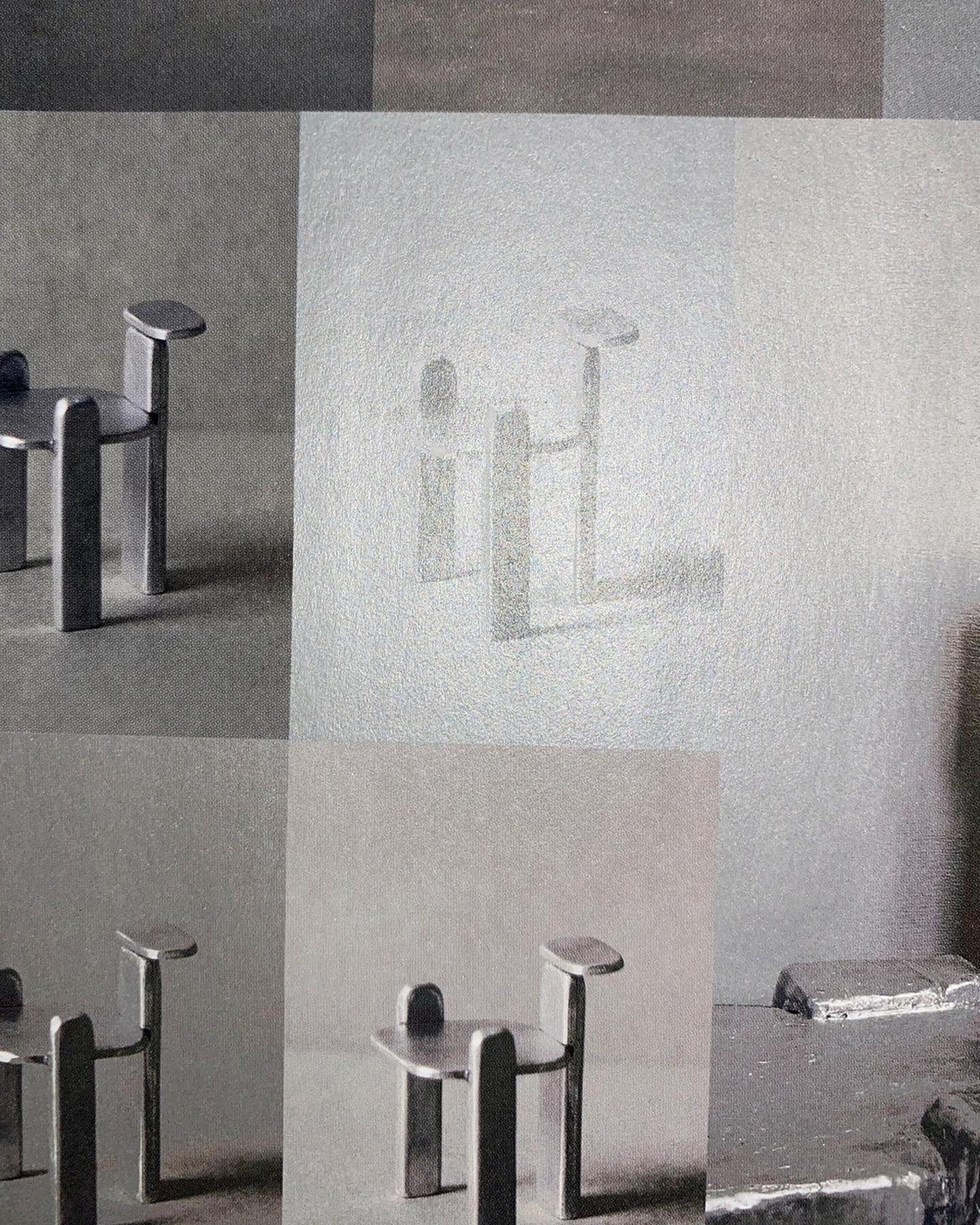DESTROYERS BUILDERS
-
Este texto sólo está disponible en inglés.
-
Prólogo de ‘Connections’, el libro que recorre la carrera de Linde Freya Tangelder como diseñadora y fundadora de Destroyers/Builders studio.
-
Linda Freya Tangelder
destroyersbuilders.com -
Perhaps it is a matter of genetics or perhaps it is a social one, but we have certain personality traits that, from childhood, seem to indicate the disciplines in which we will work as adults.
The respective roles of nature and nurture in the creation of the self are difficult to untangle. As Nietzsche once said, “the maturity of man is to have found again the seriousness with which he played as a child.” Linde Freya Tangelder’s first design project was a doll’s house: “I started by putting together furniture for my dollhouse, combining wood, textiles, drawing.... everything to make it look real. I’m sure that this precise hand was trained at an early age.” She admits that, back then, the proportions were not quite right, but she recognises that her manual skills and her mental framework were trained by the precision of that exercise. However, Linde’s mode of expression par excellence is drawing. That fingerprint. That signature that we produce from the moment we are born and that grows larger and more profound over the years. “Drawing is the first way I try to capture a thought and develop an idea or image in my head. From a very young age, I drew every day, no matter where I was.”
The DESTROYERS / BUILDERS studio is the base from which Linde makes her mark as an artist. But what makes a good project? A relevant idea is one that stems from a lasting cultural feature, one that cannot be reduced to a specific moment, but that still evokes the specific time in which the work was made, using it as an anchor: “My name or this theme became a certain guiding principle or approach to my practice. Then came Destroyers / Builders (the name I gave to a project I worked on many years ago, while I was still studying at Design Academy Eindhoven). For me, it represents the continuous rhythm of making and changing, of building and constructing. It’s aware of design’s dubious impact. That’s why I always look for the cultural relevance and humanity in a work. A work should be good not only in a certain context; it should be a more lasting treasure.”
“Drawing is the first way I try to capture a thought and develop an idea or image in my head. From a very young age, I drew every day, no matter where I was.”
The language that Linde constructs in her studio centres on four key concepts present in all her projects: “architectural, sculptural, layered and nuanced.” Architecture is a discipline that constantly guides Linde's work: “It’s interesting that I’ve always been drawn to being an architect, though my skills are definitely more in design or art. I reduce the architecture to a model, to a miniature, and then reshape or remodel it into an object at human scale. I really hope that the next phase in my work will be more spatial; even then, though, it’s the human moving through that space that will still be the main focus.” Far from the idea of architecture as a way of seeking perfection, Linde aims to incorporate the human touch, the beauty hidden in irregularity, in the same balanced proportions that the name of her studio suggests. “Maybe it’s imperfect perfection that I seek. A place where the machine-produced piece meets the hand-crafted one.” Conversation with the artisans is one of the crucial phases of this process. From this dialogue, Linde learns about the different possibilities of each piece and decides at which phase of the project she will step in. “Each object is made partly by a craftsperson and partly by me. With the help of my assistants, the final layer is always mine.”After working with stone, wood, metal and more specifically, aluminium (which she has fallen in love with), Linde wraps up this whole journey to create a kind of travel journal. The binding, made of that material, could not be a better way to enter her world: “I love aluminium - casted, sheets or foil. It's very simple but very flexible. This material has become the book's main ingredient. It’s even found in the printing technique. “Inside, paper takes center stage. It was very important to me that this book could be held in my hands. I've always been drawn to paper. It has a different approach to materiality.”





